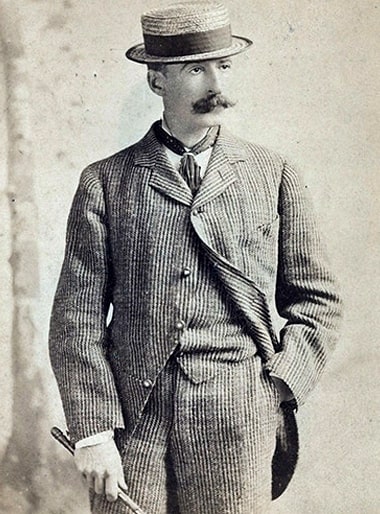Winslow Homer Biography

Winslow Homer, a prominent American artist of the 19th century, is celebrated for his powerful and evocative depictions of the natural world and the rugged lives of those who inhabit it. His works capture the essence of the American landscape and the resilience of its people with a profound sense of honesty and authenticity.
Winslow Homer, born in Boston, Massachusetts, in 1836, was a leading American artist known for his powerful and evocative depictions of the natural world and the rugged lives of those who inhabited it. His early years were spent in a creative environment, with his mother encouraging his artistic talents and his father exposing him to the world of business and finance.
Homer's artistic training began in his youth, and he quickly developed a talent for illustration, working as a freelance illustrator for popular publications such as Harper's Weekly. It was during this time that he honed his skills in capturing the essence of everyday life and the human experience, laying the foundation for his later career as a painter.
Influenced by the Hudson River School painters and European art, Homer transitioned to painting in the mid-19th century, focusing on marine and landscape subjects that captured the raw, elemental beauty of the American landscape. His works, such as "Breezing Up (A Fair Wind)" and "The Gulf Stream," are characterized by their dynamic compositions, vibrant colors, and emotional depth, reflecting his deep connection to the natural world.
Homer's experience as a war correspondent during the Civil War had a profound impact on his art, inspiring him to explore themes of national identity, social change, and the spirit of the American people in his paintings. His depictions of the American landscape and its inhabitants, from fishermen and farmers to soldiers and families, reflect a deep sense of honesty and authenticity that resonates with audiences to this day.
In his later years, Homer moved to Prouts Neck, Maine, where he focused on seascapes and coastal scenes that captured the rugged beauty of the New England coast. His continued exploration of themes of nature, solitude, and the human condition in works such as "The Fog Warning" and "Undertow" solidified his reputation as one of America's greatest artists, earning him posthumous recognition for his enduring impact on American art.